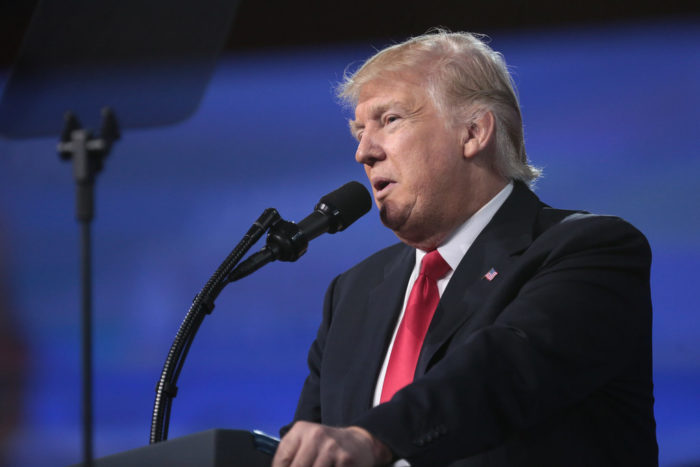
Updated August 31, 2020 – There is currently a lack of guidance and implementation guidelines available from the IRS and government agencies on how to implement and enforce the Executive Order. In addition to the information below, at this time employers should also know:
- IRS guidance does make this optional for employers. However, they have not yet clarified how employers can opt-in or opt-out of deferral.
- The Independent Payroll Providers Association (IPPA), which Southland Data Processing is a member of, has a government affairs team that is working with the IRS to address critical issues of the President’s Executive Order.
- From what we are hearing, the implementation of the order by September 1, 2020, is highly unlikely. Still, should it move forward, we will support what the government passes and implement it as soon as possible.
The Executive Order
On August 8, 2020, President Trump issued the Memorandum on Deferring Payroll Tax Obligations in Light of the Ongoing COVID-19 Disaster (Executive Order). While many elements of the Executive Order remain unclear, the IRS is working with the government affairs branch of the IPPA, industry groups led by the Chamber of Commerce, and larger national payroll companies to address the critical issues of deferring payroll tax obligations under the order.
President Trump’s Executive Order delays an employee’s obligation to pay 6.2% in Social Security taxes per paycheck for wages paid beginning September 1 through December 31, 2020. This applies to individuals who make less than $4,000 every two weeks or an annual salary of $104,000.
The memorandum provides that amounts deferred “shall be deferred without any penalties, interest, additional amount, or addition to the tax.” Additionally, it directs the Treasury Secretary to “explore avenues, including legislation, to eliminate the obligation to pay the taxes deferred pursuant to the implementation of this memorandum.”
Employer Liability
If an employee elects to defer and does not pay the tax owed to the government, it will fall to the employer to collect from the employee. For example, if an employee deferred their social security tax and their employer later terminates the employee, the employer will still be responsible for depositing the employee’s deferred social security taxes.
Employers must tackle how to manage these funds because employers withhold payroll taxes for employees. Ultimately, this liability falls on employers and creates an additional accounting and tax burden.
Potential Changes
With many questions still surrounding the Executive Order, industry groups are working hard to push for simplification of implementation and reporting to help businesses and their employees. Some of the proposals by industry groups to the White House and government agencies to help simplify the process include:
1. Regarding the limits/threshold
If an employee is over or under-withheld, the reconciliation happens when the employee file their 1040 returns. This will expedite implementation for the programming of payroll systems.
2. Regarding the issue of each employer’s participation
The position should be all employers are opted in and must opt-out of the deferral.
3. Regarding the $4,000 every two weeks or the annual salary of $104,000 threshold
The industry groups are pushing for the white house to consider a fixed amount that can be deferred every payroll until December 31, 2020. A fixed amount will help eliminate having to do lookbacks and recalculations.
What’s Next?
It is still uncertain if the Executive Order will actually take effect on September 1, 2020. Nevertheless, Southland Data Processing is currently working with our programmers to make the necessary changes in our payroll system. In the meantime, we appreciate your patience as we await further guidance.
We will continue to update you on the Executive Order in our COVID-19 Business Resources Hub. Finally, don’t forget to follow us out on Facebook, Twitter, and LinkedIn for even more business tips & tricks!
Photo credit: Gage Skidmore Donald Trump via photopin (license)
